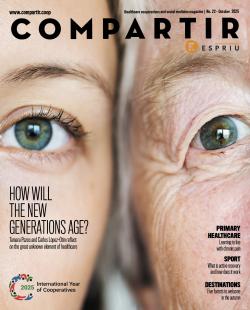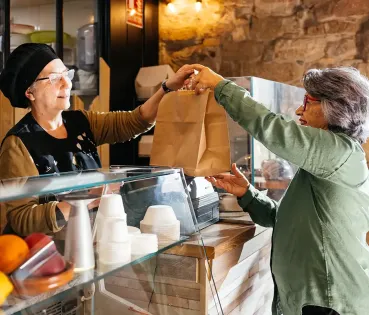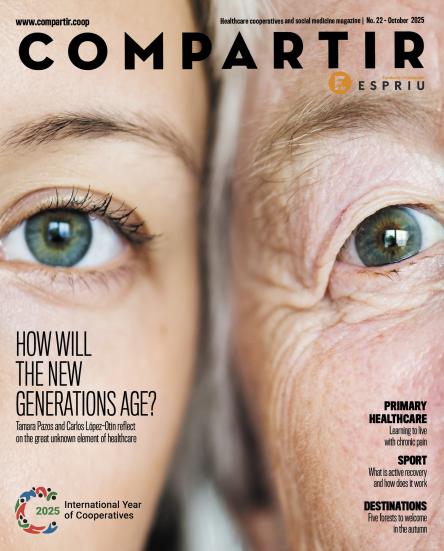
Are second-hand markets an effective solution for clothing waste?
Second-hand is not simply a question of saving money or a matter of bare necessity, but a trend built on responsible consumption and the search for authenticity.
If we go back a few decades ago, resorting to second-hand clothes was associated with dire necessity, a matter of need rather than a choice. Nowadays, however, many people explore vintage shops and buying and selling apps with the same excitement they would obtain searching for hidden treasure. The search for unique items of clothing that are impossible to find in department stores or that help define a more personal style has prompted many young people to turn to flea markets and thrift shops when looking for an outfit.
Furthermore, the growing concern for sustainability and responsible consumption means that, beyond nostalgia or savings, second-hand fashion has become a key tool for reducing the environmental impact of the textile industry.
But is it really an effective solution, or is it just another momentary trend?
A new consumer habit with a real impact
If you've recently strolled through a vintage clothing shop, you've probably noticed something curious: there are not only lovers of alternative fashion, but also young people who used to shop in large chain stores and are now looking for more sustainable options. Nowadays, the main reason for going to these stores is no longer just the price, but also environmental awareness.
Every time you choose a second-hand garment, you avoid another one ending up in a landfill, reducing the need to produce a new one. Bearing in mind that the fashion industry consumes enormous amounts of water and emits more greenhouse gases than international flights and shipping combined, extending the life of clothes is not a token gesture: it is a tangible behaviour that reduces this negative impact.
Moreover, many social initiatives have found in circular fashion a source of employment and support for vulnerable communities. So, by buying second-hand, you not only save money and take care of the planet, but you also contribute to the social economy and economic growth.
Not just a trend, a change of mindset
However, second-hand fashion is not a magic solution. There is still prejudice regarding the quality and hygiene of these clothes, and many people are still tempted to purchase low-priced fast fashion, with all the effects that this entails. Such prejudice, however, is gradually disappearing among the younger generations. More and more consumers are discovering that used clothes can not only be in perfect condition but also have a history that makes them special. A coat from thirty years ago with a quality that would cost three times as much today, or a leather jacket that in every crease and tear carries a story. Stories that, now, will continue to live on with you.
Accessing second-hand clothes nowadays does not mean giving up fashion, but rather involves buying more responsibly. The next time you need to renew your wardrobe, remember that style and sustainability can go hand in hand.




